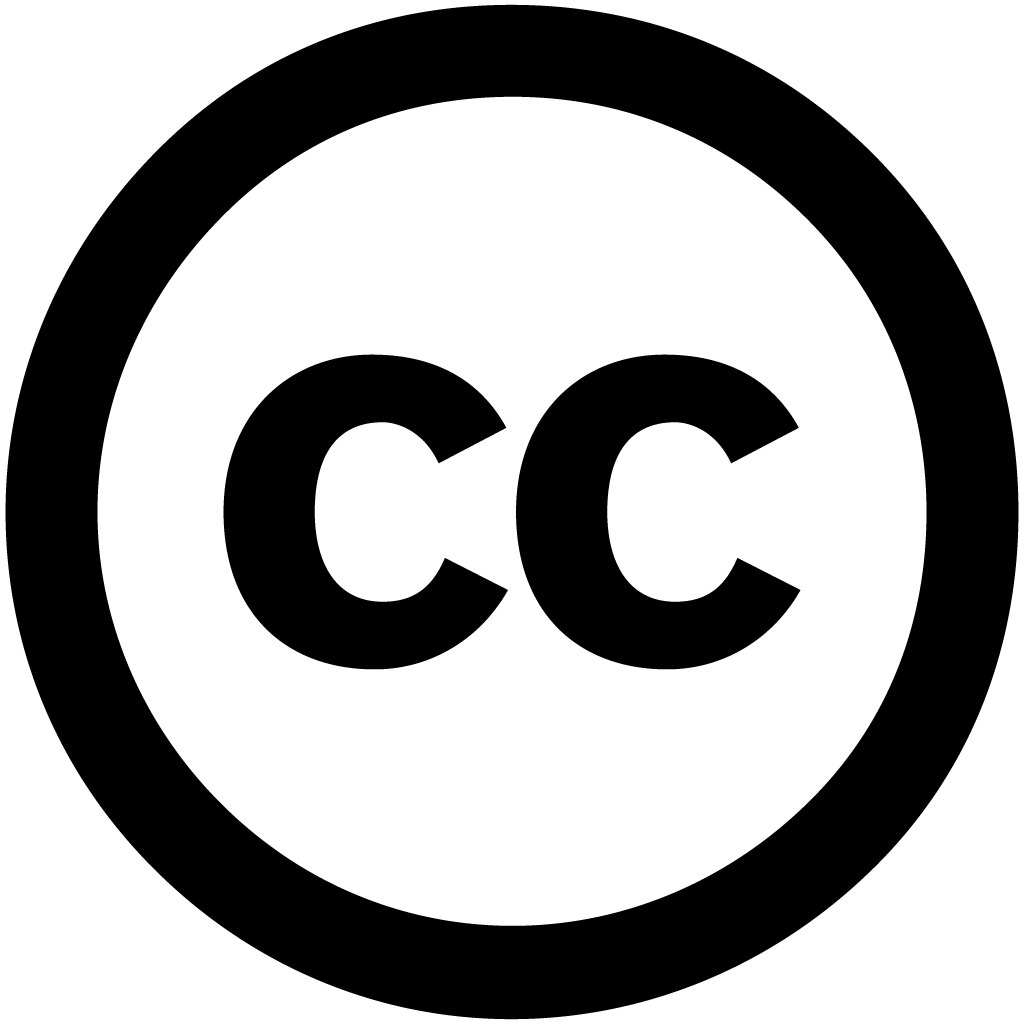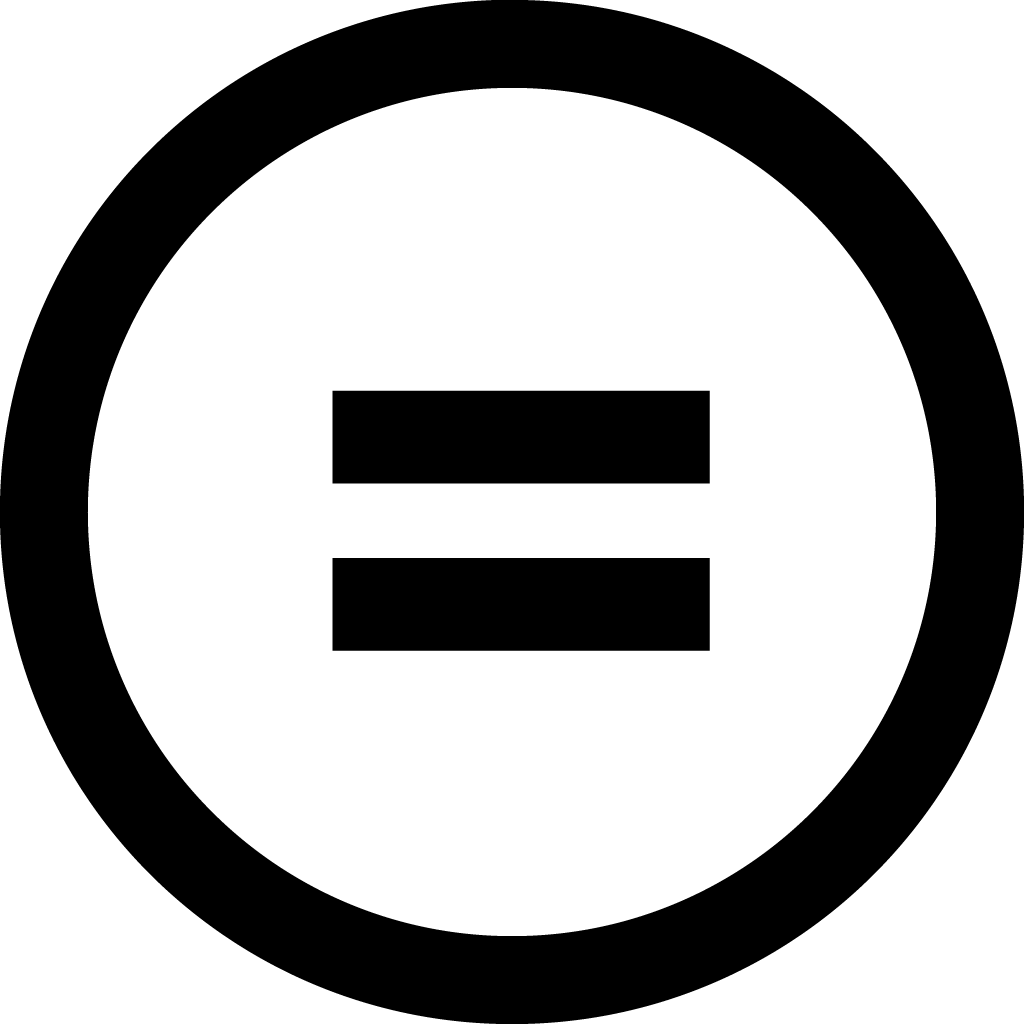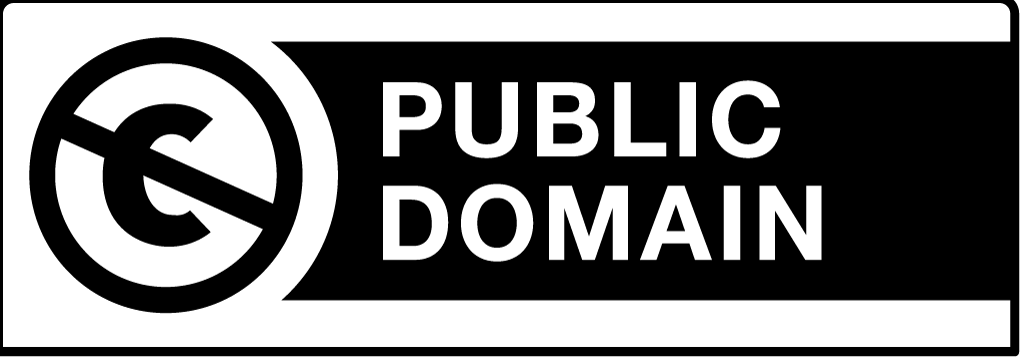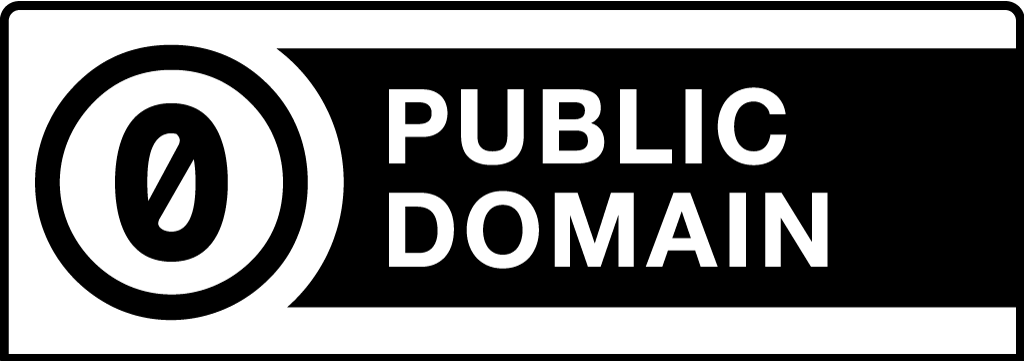5.5: Copyright Law
- Page ID
- 86188
Fair Use, Creative Commons, & Public Domain
Oftentimes, when students think about academic dishonesty, plagiarism, and citations, they think only about the printed word. However, copyright law also protects the intellectual property of photographers, musicians, artists, and filmmakers. Therefore, it is important that we also respect the originators of visual and digital media with appropriate attribution.
In Latin, Ignorantia juris non excusat means, “ Ignorance of the law is no excuse. ” The ease in which we can grab images and other digital content from online has created a disregard for the rights of copyright holders, and has infringed on their ability to earn money from their work. Would you want others to make money from something you created? Probably not without your permission. (1)
Copyright infringement is a serious offense, but the U.S. Copyright Law includes exceptions that allow for certain uses of copyrighted material without seeking permission. (12) Creative Commons (CC) was also developed to make it easier for creators to share copyrighted material. (13) Additionally, the public domain offers visual and digital media that are free to use without copyright restrictions. (1)
Fair Use
Fair use (Section 107) is often claimed in academia because it is the most flexible exception and can apply to a variety of situations. (12)However, fair use does not extend to content that is published on the Internet, where anyone can access it. That could have a financial impact on the creator. (1)
Creative Commons

Copyrighted works are protected as soon as they are created; but Creative Commons (CC) licenses allow others to use copyrighted works under certain conditions. (13) The information that follows illustrates the different Creative Commons licenses available. You will notice that some are more restrictive than others. (1)
Creative Commons Licenses Explained

Term
Attribution (BY)
Definition
Others may copy, distribute, display, perform and remix your work if they credit your name as requested by you.

Term
Share-Alike (SA)
Definition
Others may distribute derivative works only under a license identical (“not more restrictive”) to the license that governs the original work.

Term
Non-Commercial (NC)
Definition
Others may copy, distribute, display, and perform the work and make derivative works and remixes based on it only for non-commercial purposes.

Term
No Derivative Works (ND)
Definition
Others may copy, distribute, display and perform only verbatim copies of the work, not derivative works and remixes based on it. (15)
Public Domain Marks Explained
Copyright eventually expires; when that happens, the works enter the public domain . Works such as photographs taken by federal government agency employees automatically belong in the public domain. This means they are free for anyone to use without special permission. (14) Your assigned readings provide more information about the public domain and term of copyright.


While the Public Domain Mark deed identifies works that do not have copyright, the CC0 Mark deed was designed to distinguish works that were dedicated to the public domain and have no rights reserved. You can read more about these two distinctions on the Creative Commons website . (1)
- Authored by: Florida State College at Jacksonville. License: CC BY: Attribution
- Exceptions to Copyright . Authored by: Teaching & Learning, Ohio State University Libraries. Located at: https://ohiostate.pressbooks.pub/choosingsources/chapter/exceptions-to-copyright/. License: CC BY: Attribution
- Creative Commonsu2014An Alternative . Authored by: Teaching & Learning, Ohio State University Libraries. Located at: https://ohiostate.pressbooks.pub/choosingsources/chapter/creative-commons/. License: CC BY: Attribution
- Public Domain and Term of Copyright . Authored by: Teaching & Learning, Ohio State University Libraries. Located at: https://ohiostate.pressbooks.pub/choosingsources/chapter/public-domain/. License: CC BY: Attribution
- Creative Commons Licenses . Authored by: Wikipedia. Located at: https://en.wikipedia.org/wiki/Creative_Commons_license. License: CC BY-SA: Attribution-ShareAlike

